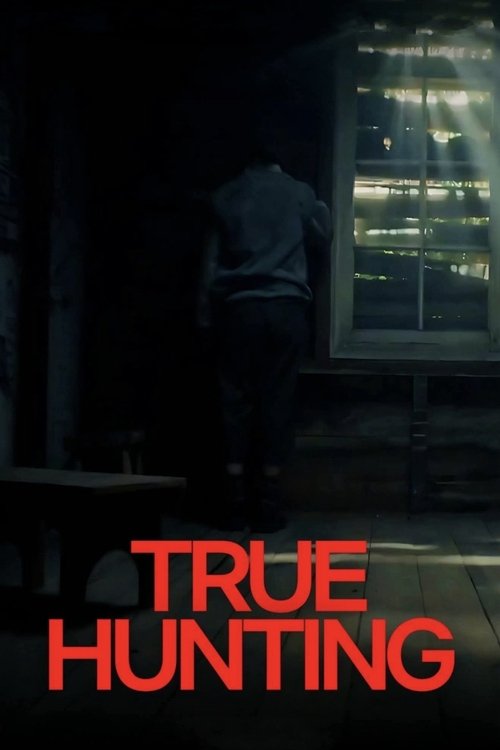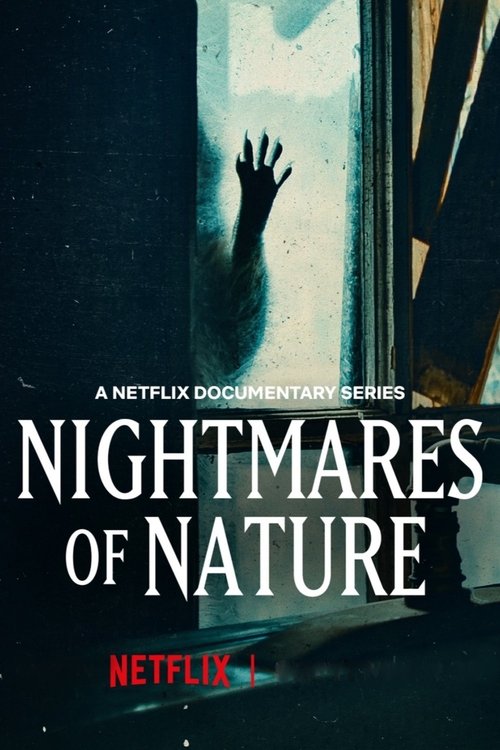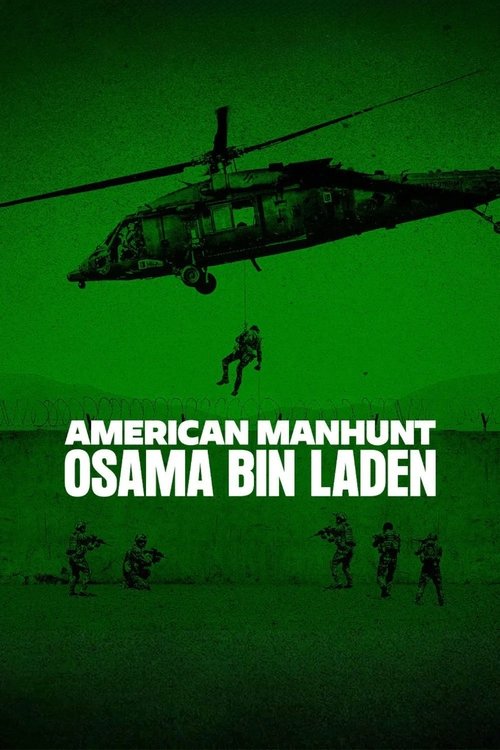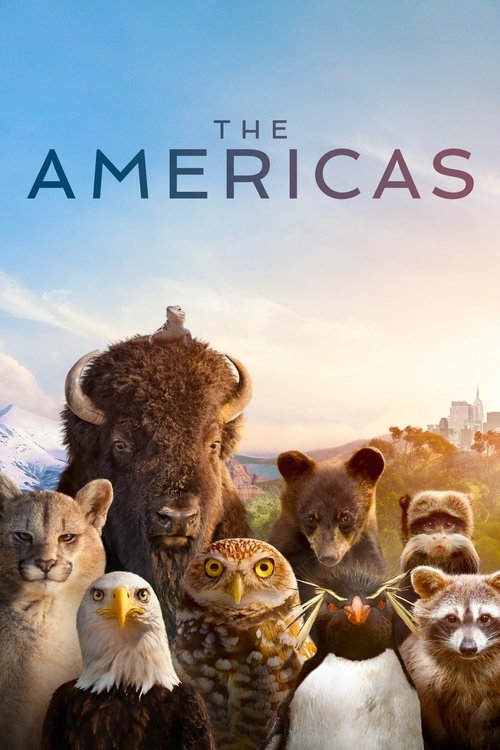
Ask Your Own Question
What is the plot?
More TV Shows Like This
Browse All TV Shows →
What is the ending?
Short, Simple Narrative of the Ending
In the final episode of Nightmares of Nature's first season, the pregnant mouse, the bachelor raccoon, and the traumatized froglet--each having survived relentless threats in the North American woods--find temporary refuge in an old cabin. However, the cabin is not the sanctuary they hoped for. The mouse gives birth, but the raccoon, driven by hunger, sees the newborns as prey. The froglet, still haunted by past terrors, witnesses this new horror. The episode ends with the mouse escaping with one surviving pup, the raccoon left hungry and alone, and the froglet slipping away into the night, each forever changed by their ordeal.
Expanded, Chronological, Scene-by-Scene Narration of the Ending
The final act of Nightmares of Nature's first season, "Cabin in the Woods," begins as the three main characters--the pregnant mouse, the bachelor raccoon, and the traumatized froglet--converge on a dilapidated cabin deep in the forest. Exhausted and wounded from their separate journeys, each seeks shelter from the relentless dangers outside: hawks, snakes, and the ever-present threat of starvation.
The mouse, her belly swollen and movements slow, finds a dark corner beneath a rotting floorboard. Her breathing is labored, her eyes darting at every creak and shadow. She is driven by a singular, desperate need to protect her unborn pups, her instincts sharpened by fear. The raccoon, lean and restless, scavenges the cabin's interior, his nose twitching at the scent of the mouse. He is not malicious, but hunger gnaws at him, and his survival depends on finding food, no matter the source. The froglet, small and trembling, hides in a damp crevice near a broken window. His body is marked by old scars, and his wide eyes reflect the terror of past encounters with larger bullfrogs and aquatic predators.
As night falls, the cabin becomes a stage for their intertwined fates. The mouse goes into labor, her body convulsing as she gives birth to a litter of tiny, blind pups. She licks them clean, her movements frantic but tender, her ears pricked for danger. The raccoon, drawn by the sounds and smells, creeps closer. His hunger is palpable; saliva drips from his jaws as he eyes the vulnerable newborns. The froglet, sensing the tension, remains frozen, his heart pounding, his body pressed against the cold wood.
The raccoon makes his move, lunging for the pups. The mouse, despite her exhaustion, attacks with surprising ferocity, biting and scratching to defend her young. The struggle is brief but violent--fur flies, squeals pierce the air, and the cabin shakes with their desperation. In the chaos, most of the pups are lost. The mouse, bleeding and panting, manages to escape with a single surviving pup clutched in her teeth. She vanishes into the underbrush, her body trembling with grief and resolve.
The raccoon, left with nothing, slumps in a corner, his hunger unfulfilled, his eyes dull with defeat. He licks his wounds, his earlier confidence shattered. The froglet, having witnessed the entire scene, slips out through the broken window. The night air is cool on his skin as he hops into the darkness, his small body carrying the weight of what he has seen. He does not look back.
The episode closes with the camera lingering on the empty cabin, now silent but for the wind through the cracks. The three survivors are scattered, each alone, each marked by the night's events. The mouse, now a mother, must begin again, her instincts honed by loss. The raccoon, still hungry, must continue his search, his failure a lesson in the harshness of his world. The froglet, more cautious than ever, disappears into the shadows, his survival a testament to both luck and fear.
The series does not offer resolution or comfort. Instead, it presents the natural world as it is: beautiful, brutal, and indifferent. The characters' fates are not endings but pauses in an endless cycle of survival, each moment a potential beginning or end. The cabin, once a symbol of hope, stands as a reminder that safety is fleeting and that the true horror of nature lies not in monsters, but in the relentless demand to live another day.
Who dies?
Based on available sources, Nightmares of Nature (2025) is a hybrid horror-nature documentary series that follows three animal protagonists--a pregnant mouse, a bachelor raccoon, and a traumatized froglet--as they seek refuge in a cabin deep in the North American woods, only to encounter escalating dangers. The show is structured as a dramatic narrative, with each episode focusing on the survival struggles of these animals, framed by the brutal realities of the natural world.
Character Deaths and Circumstances
Pregnant Mouse:
In the first episode, the pregnant mouse is the emotional center of the story. Driven by instinct and fear, she constantly evades predators--hawks, snakes, and other woodland hunters--while searching for food and shelter to safely give birth. Her internal struggle is palpable: she is exhausted, anxious, and fiercely protective of her unborn litter. The tension peaks when she finally reaches the cabin, believing it to be a sanctuary. However, the cabin is not the safe haven she hoped for. In a harrowing sequence, she is ambushed by a predator (likely a snake or owl) that has also taken refuge inside. The attack is sudden and visceral--the camera lingers on her panicked eyes, the frantic scrabbling of her claws on the wooden floor, and the predator's swift, lethal strike. Her death is not shown in gratuitous detail, but the aftermath--a quiet, empty nest--underscores the tragedy. Her motivation was pure survival and maternal instinct, making her demise both shocking and emotionally resonant.
Traumatized Froglet:
The young American bullfrog is haunted by memories of aquatic predators and the cannibalistic tendencies of larger bullfrogs. His journey is one of paranoia and vulnerability. In the second episode, while hiding near a murky pond, he is snatched by a giant bird in a sudden, violent burst of motion. The scene is stark: one moment he is frozen in fear, the next he is engulfed in the bird's beak, his small body disappearing in an instant. His death is a direct result of his trauma--his hesitation and fear make him an easy target. The narration emphasizes the randomness and inevitability of such events in nature, drawing a parallel to classic horror tropes of the helpless victim.
Bachelor Raccoon:
The raccoon's arc is one of transformation from scavenger to hunter. Less vulnerable to predation, his primary struggle is starvation and the need to adapt. In the third episode, driven by hunger and desperation, he attempts to steal eggs from a crocodile's nest. The confrontation is intense: the raccoon's cunning is pitted against the crocodile's raw power. In a brutal, chaotic sequence, the crocodile bursts from the water, seizing the raccoon in its jaws. The raccoon's death is violent but not without dignity--he fights fiercely, his claws raking the crocodile's snout, but is ultimately overpowered. His motivation--survival at any cost--leads him to take a risk that proves fatal. The scene is underscored by the narration, which highlights the thin line between hunter and hunted in the natural world.
Narrative Structure and Emotional Impact
Each death is presented as a pivotal moment in the series, with the narration (by Maya Hawke) providing both factual context and emotional commentary. The deaths are not gratuitous but serve to illustrate the relentless pressure of survival in the wild. The show deliberately blurs the line between documentary and horror, using stylized visuals and a haunting score to heighten the tension. The internal lives of the animals are richly imagined--their fear, hope, and desperation are palpable, making their deaths feel personal and tragic rather than merely sensational.
Controversy and Ethical Considerations
Some viewers have raised concerns about the authenticity of the deaths, suggesting possible human intervention or staging for dramatic effect. However, the official narrative and critical reviews emphasize that the series aims to portray the natural brutality of wildlife, with deaths occurring as a result of predation, starvation, or environmental hazards. The emotional weight of each death is carefully crafted to resonate with audiences familiar with both nature documentaries and horror storytelling.
Summary Table
| Character | Cause of Death | Circumstances & Emotional Detail | Episode | |-------------------|------------------------------|--------------------------------------------------------------------------------------------------|--------------| | Pregnant Mouse | Predation (snake/owl) | Ambushed in cabin while seeking shelter for her litter; dies protecting her unborn young | 1 | | Traumatized Froglet | Predation (giant bird) | Snatched while hiding near pond; hesitation due to past trauma leads to his demise | 2 | | Bachelor Raccoon | Predation (crocodile) | Killed while attempting to steal eggs; fights fiercely but is overpowered by a larger predator | 3 |
Conclusion
Nightmares of Nature (2025) is a bold narrative experiment that does not shy away from depicting the deaths of its central animal characters. Each death is rendered with specific visual and emotional detail, rooted in the harsh realities of the natural world, and serves to underscore the series' central theme: in nature, survival is never guaranteed, and every day is a battle against unseen horrors.






















